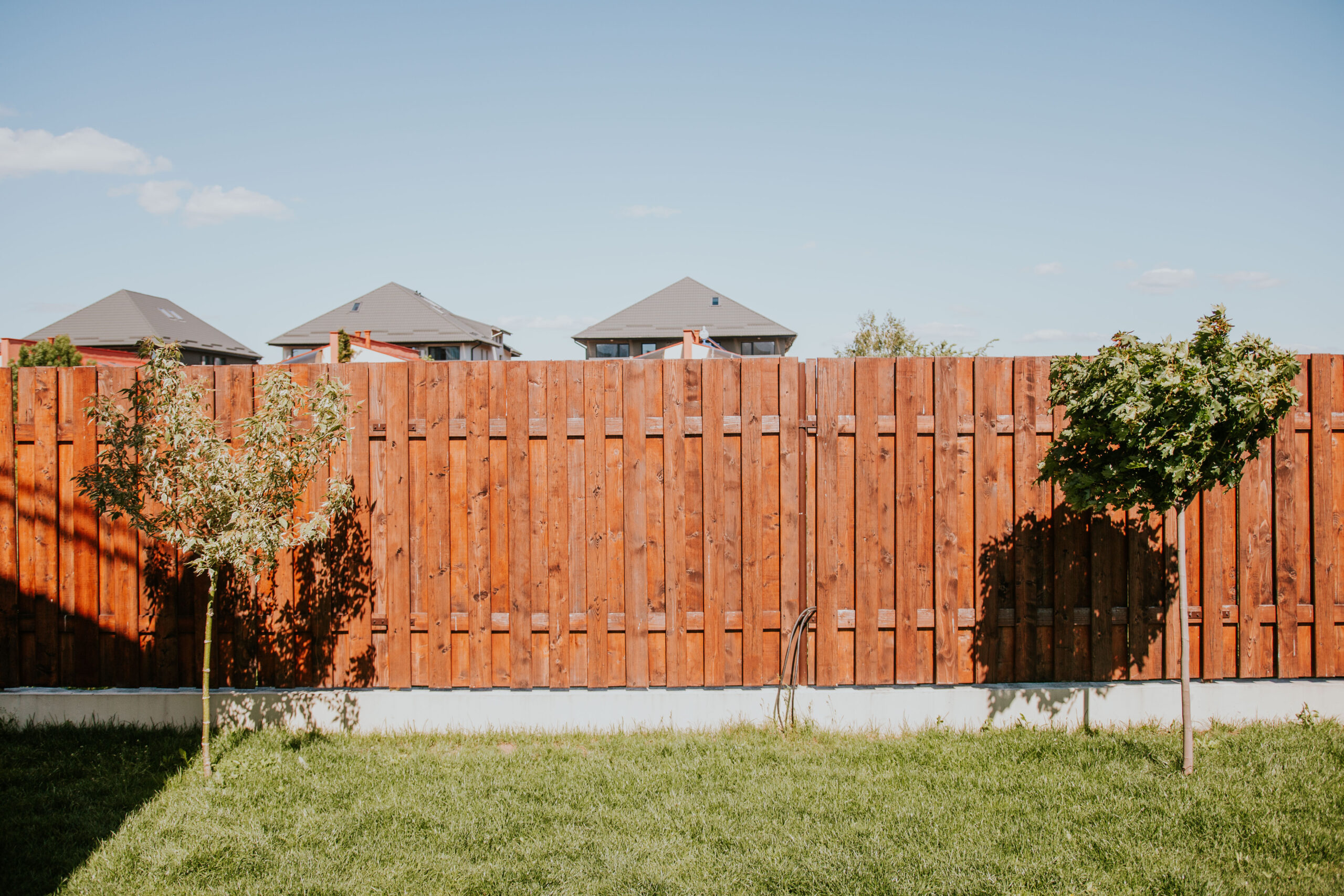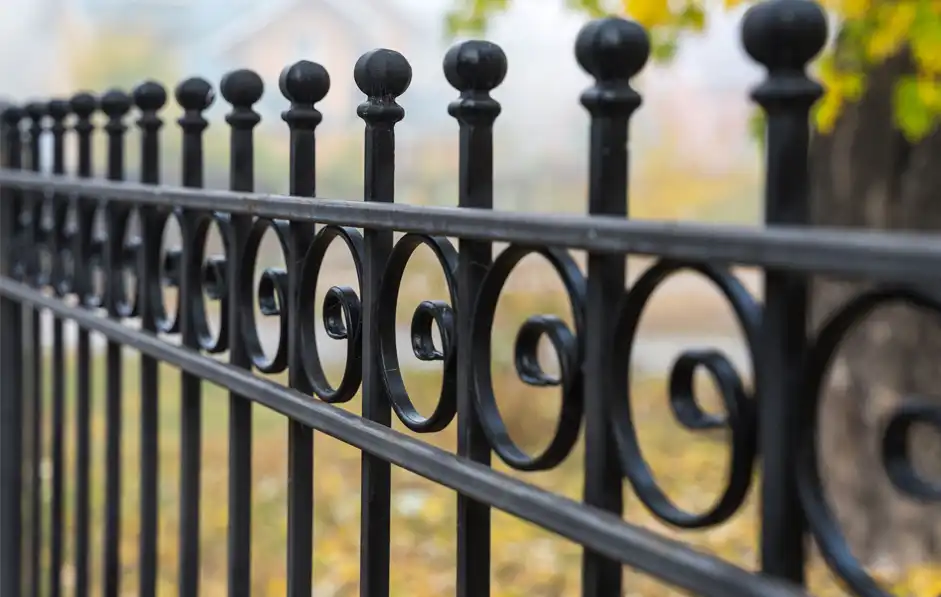All Categories
Featured

As sustainability becomes an increasingly essential factor to consider for home owners, more people are turning to eco-friendly fencing products. Whether you're developing a fence for privacy, safety and security, or aesthetic objectives, selecting materials that minimize ecological influence is a wonderful way to contribute to a much healthier planet. Here's a consider the leading eco-friendly fencing products readily available today and their benefits.
- Bamboo Fencing: Fast-Growing and Sustainable. Bamboo is among one of the most lasting fence products on the market. Unlike conventional wood, bamboo is incredibly fast-growing, which implies it can be collected without depleting forests. This makes it a very renewable energy, with some types maturing to 3 feet in a solitary day.
Environmental Advantages: Bamboo takes in more carbon dioxide than lots of other plants, assisting to offset greenhouse gases. Its fast growth rate means it can be gathered consistently, making it a sustainable product. Longevity: Bamboo fences are normally immune to bugs and decay, particularly when effectively dealt with, reducing the need for chemical therapies. Visual Charm: Bamboo supplies an unique, natural appearance that complements both contemporary and typical landscaping designs. Nonetheless, while bamboo is a great choice, it is very important to make certain that the bamboo utilized is responsibly sourced to stay clear of adding to ecological degradation.
- Recycled Steel Secure Fencing: Durable and Multiple-use. Recycled steel fence, such as light weight aluminum or steel, uses an eco-friendly choice to typical timber fences. These metals are often made from recycled products, decreasing the need for brand-new mining and the environmental impact related to removing raw materials.

Environmental Advantages: Steels like light weight aluminum and steel are 100% recyclable, meaning they can be reused and repurposed indefinitely without losing high quality. Sturdiness: Steel fencings are unbelievably sturdy, resistant to weather, parasites, and use, making them a resilient choice that does not require to be replaced regularly. Reduced Upkeep: Recycled steel fences call for marginal maintenance and don't need to be painted or sealed routinely, reducing the need for extra chemicals. The main downside is that steel fencings may not give the exact same personal privacy as timber or plastic alternatives, as they can have gaps depending on the design.
- Recycled Wood Fence: All-natural and sustainable. For those that enjoy the traditional look of wood but want a green option, recycled timber fence is a superb choice. This product is made from reclaimed timber from old buildings, pallets, and even furnishings, drawing away these materials from landfills.
Ecological Benefits: Using recycled timber prevents the need to lower new trees, assisting to conserve woodlands and lower logging. Aesthetic Charm: Recycled timber uses a rustic, natural appearance and can be personalized to suit any type of home design. Sustainability: Given that it is sourced from existing wood items, recycled wood does not call for new processing, which decreases energy intake and carbon emissions. While recycled wood fencings are a green option, they might need more upkeep with time than steel or bamboo fences, as wood can be susceptible to decay and parasites otherwise effectively treated.

- Living Fencings: Natural and Green. Living fencings, which are made from dense growings like hedges, trees, or hedges, provide a environment-friendly and entirely all-natural alternative to traditional secure fencing materials. These fences not only supply personal privacy however also boost your garden with lovely plant.
Environmental Advantages: Living fencings can take in co2, give environment for wildlife, and enhance air quality. Sound Decrease: Dense growings can act as all-natural , decreasing web traffic sound or other undesirable sounds. Aesthetic Appeal: They add a soft, all-natural visual to any kind of residential or commercial property and can be tailored to fit any type of design. While living fences are green, they do need regular maintenance such as pruning, watering, and occasionally pest control.
- Hemp Fence: Eco-friendly and Solid. Hemp is one more lasting material that has made its method into the fence market. Hemp fences are made from strong hemp fibers that are woven together to develop long lasting and environment-friendly panels.
Ecological Benefits: Hemp expands rapidly and needs very little water, making it a resource-efficient plant. The product is naturally degradable and can be composted when no longer required. Toughness and Toughness: Hemp fence is weather-resistant and remarkably solid, making it appropriate for many environments. Sustainability: Hemp farming calls for fewer pesticides and plant foods than conventional crops, making it an eco responsible choice. Hemp secure fencing may not be as widely readily available as other products, depending on your area.
Conclusion: Lasting Options for every single Requirement. Selecting environment-friendly fencing products is a terrific method to reduce your ecological footprint while still attaining the privacy, safety and security, and visual you prefer. From fast-growing bamboo to recycled timber and metal, there are a variety of lasting alternatives that can aid you create a gorgeous, practical fencing while sustaining a healthier world. By taking into consideration elements such as resilience, upkeep, and ecological influence, you can choose the best eco-friendly secure fencing product for your requirements and way of life.
Latest Posts
Take Advantage of Special Auto Repair Offers in Chicago at Montclare Auto Repair
Published Jun 01, 25
1 min read
Seamless Aluminum Gutters: The Smart Option for Your Home
Published May 25, 25
1 min read
Learn Why Chicago Drivers Pick Montclare Auto Repair for Dependable Service and Huge Savings
Published May 23, 25
1 min read
More
Latest Posts
Take Advantage of Special Auto Repair Offers in Chicago at Montclare Auto Repair
Published Jun 01, 25
1 min read
Seamless Aluminum Gutters: The Smart Option for Your Home
Published May 25, 25
1 min read
Learn Why Chicago Drivers Pick Montclare Auto Repair for Dependable Service and Huge Savings
Published May 23, 25
1 min read